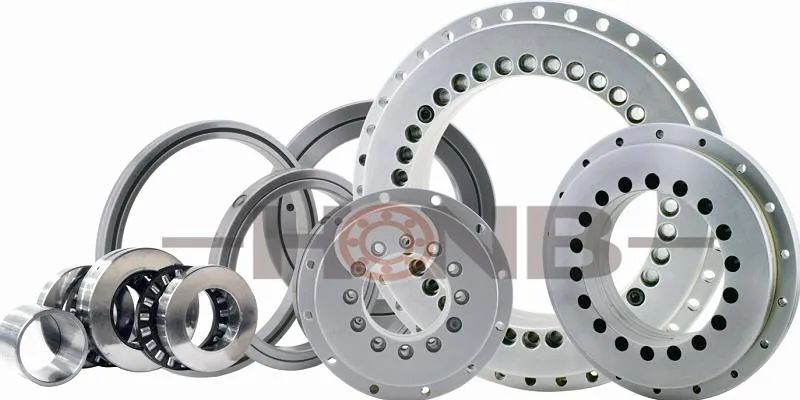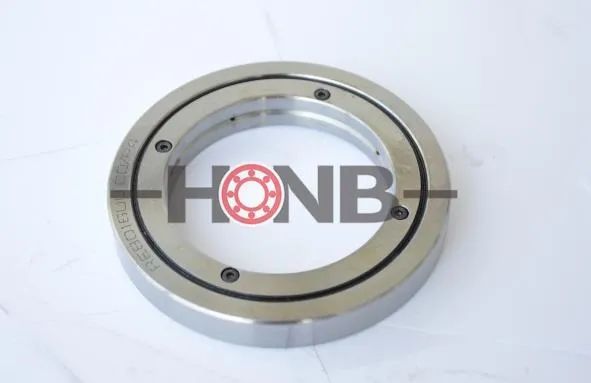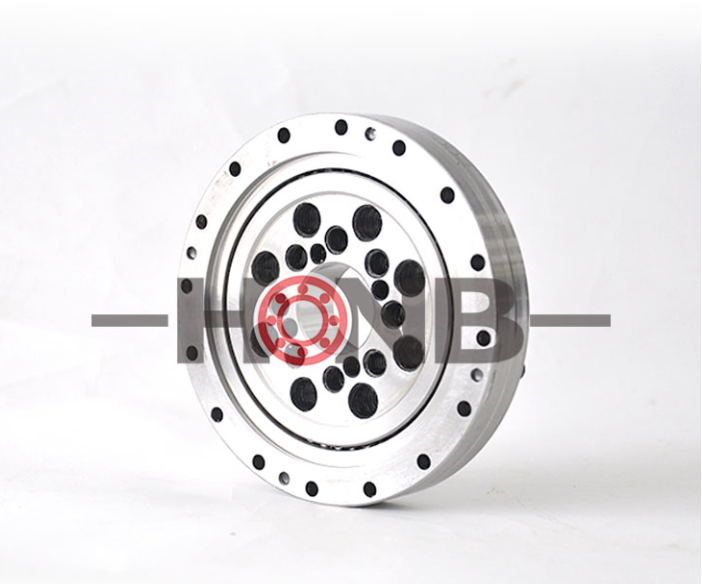Product FAQ
Tightening of bearings
In order to fasten the inner ring of the bearing on the main shaft, a thread is generally designed on the shaft, and a nut is used to position the bearing.
The verticality between the thread axis line and the end face of the nut and the fit accuracy of the thread are very important.

If the manufacturing accuracy of the nut is not high, the nut will tilt after locking,
which will easily cause the main shaft to bend and the bearing to be preloaded unevenly, which will directly affect the rotation accuracy, rigidity and bearing capacity of the bearing.
Therefore, in order to ensure the rotation accuracy of the shaft, the lock nut must be adjusted and tightened to prevent loosening.
Corresponding to different preloads, the locking force applied by the bearing lock nut should be determined according to the actual working conditions and through tests.In order to eliminate or reduce the influence of part positioning resistance during the assembly process, it is recommended that when locking the nut, first lock the nut with
a torque of 2 to 3 times the normal locking force, then loosen the nut, and finally lock the nut with the normal locking force and tighten.

To use lock nuts, on the one hand, it is necessary to process threads on the spindle; on the other hand, it also requires high-precision nuts to match, plus the inevitable
rotation imbalance of lock nuts. Therefore, on the main shaft of some high-speed precision CNC machine tools or machining centers, the interference sleeve is used as
the axial positioning element of the bearing on the main shaft.
Most of the bearing outer ring is positioned in the bearing seat hole with bolts by pressing the end cover. If the tightening force of the bolt is too large or the force
on the end cover is uneven, the raceway of the bearing outer ring is prone to deformation. Therefore, the tightening force of the bolt must be controlled.
In addition, in order to ensure the correct positioning of the bearing outer ring, it is necessary to control the axial pre-tightening gap between the compression
end cover and the end face of the bearing seat. It is recommended that the axial preload gap between the compression end cover and the end face of the bearing
seat be controlled within the range of 0.01~0.04mm.

Categories
News
Contact Us
Contact: YRT Rotary Table Bearing|Crossed Roller Bearing|Luoyang Hongyuan Bearing 【HONB】
Phone: 13653797636
Tel: 400-037-9586
E-mail: lyhyzc7@gmail.com
Add: Chuangye road, Konggang Industrial cluster district,Luoyang city, Henan province, China